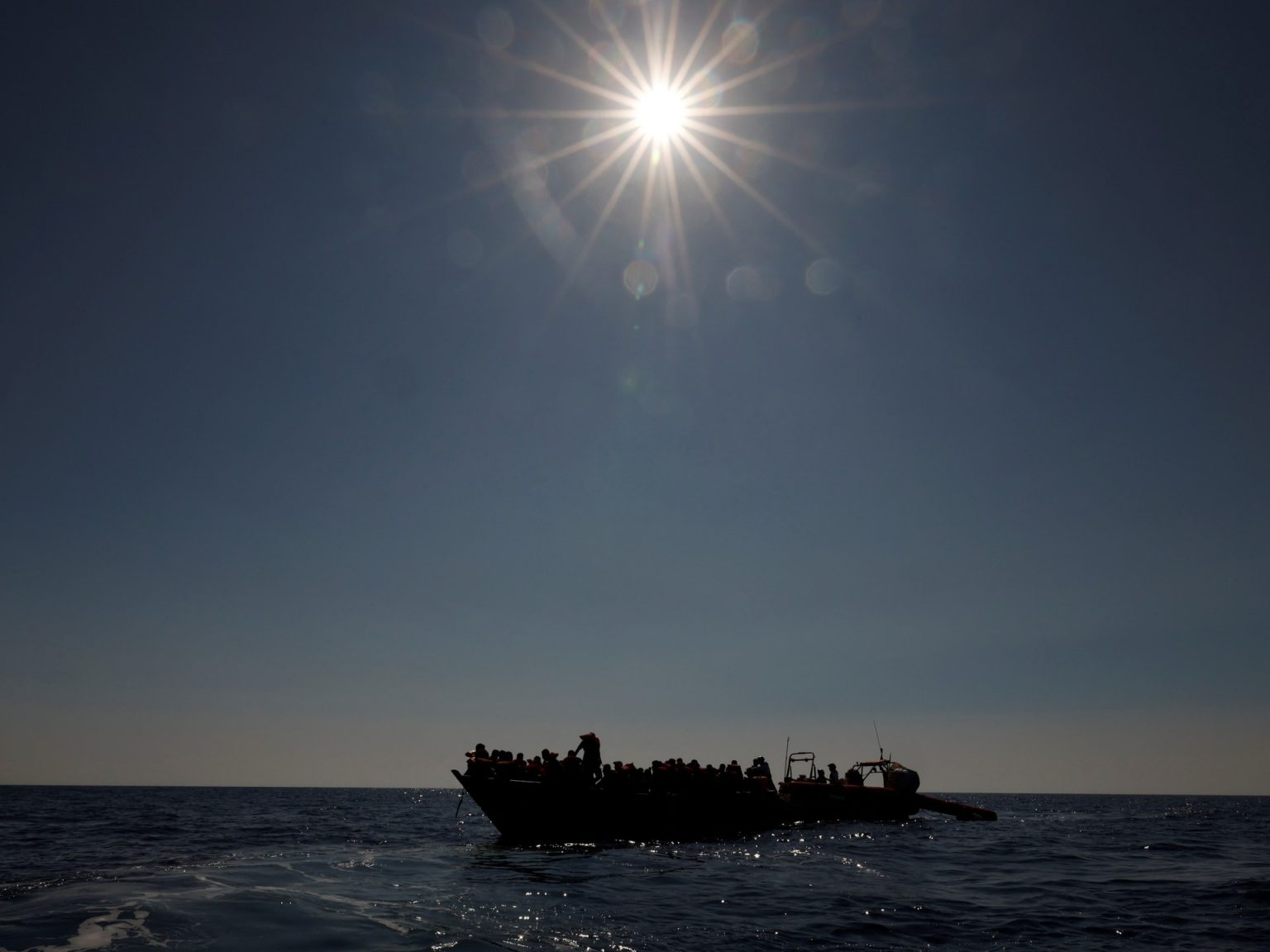Only four survivors have been located after a boat carrying at least 45 people capsized off the coast of Yemen, according to the United Nations High Commissioner for Refugees (UNHCR). The agency announced the incident on Thursday, stating that the boat had overturned the previous night off the coast of the Taiz governorate. The cause of the capsizing was attributed to strong winds and overcrowding. The UNHCR is working with the International Organization for Migration (IOM) and other partners to assist survivors and address protection needs. The exact origin of the boat was not immediately clear, but the waterways between Yemen and the Horn of Africa have become a common route for refugees and migrants traveling in both directions.
The area has seen an increase in refugees and migrants since the outbreak of civil war in Yemen in 2014. While a truce deal reached in April 2022 between Houthi rebels and government forces has resulted in decreased violence and an easing of the humanitarian crisis, the route remains one of the busiest and most perilous migration routes in the world. People fleeing conflict in Africa, particularly in Somalia and Ethiopia, have sought refuge in Yemen or have attempted to travel through the country to reach the more prosperous Gulf countries. Last year, 97,000 migrants arrived in Yemen from the Horn of Africa, a significant increase from 73,000 in 2023. However, the journey is often deadly, with the IOM recording 1,860 migrant deaths and disappearances since 2014 along this route.
In a separate incident in June, at least 49 people died and 140 went missing after their vessel capsized off Alghareef Point in Yemen’s Shabwah governorate. The boat had departed from Somalia with 115 Somali nationals and 145 Ethiopians on board. Tragically, six children were among the casualties. Additionally, in April, at least 62 people died in two separate shipwrecks along the same route off the coast of Djibouti. The perilous nature of these journeys underscores the risks that migrants and refugees face when attempting to cross the waters between Yemen and the Horn of Africa in search of safety and opportunities for a better life.
Despite the dangers, the flow of people across this region shows no signs of slowing down. The UNHCR and IOM continue to monitor and respond to incidents of capsizing and other emergencies in an effort to save lives and provide assistance to survivors. The organizations are also working to address the root causes of migration and displacement in the region, including conflict, poverty, and lack of opportunities. As the situation in Yemen and other parts of the Horn of Africa remains volatile, it is crucial for international humanitarian agencies and governments to work together to protect the rights and safety of refugees and migrants along this perilous route.
Efforts to improve the situation include providing safe and legal pathways for refugees and migrants, as well as addressing the factors that drive people to undertake such dangerous journeys in the first place. By addressing root causes, such as conflict, poverty, and lack of opportunities, governments and international organizations can help prevent further loss of life at sea and provide sustainable solutions for those in need. The tragic incidents of boat capsizing off the coast of Yemen serve as a reminder of the urgent need for action to protect the lives and rights of refugees and migrants in the region, and to work towards a more stable and secure future for all those seeking safety and opportunities for a better life.


